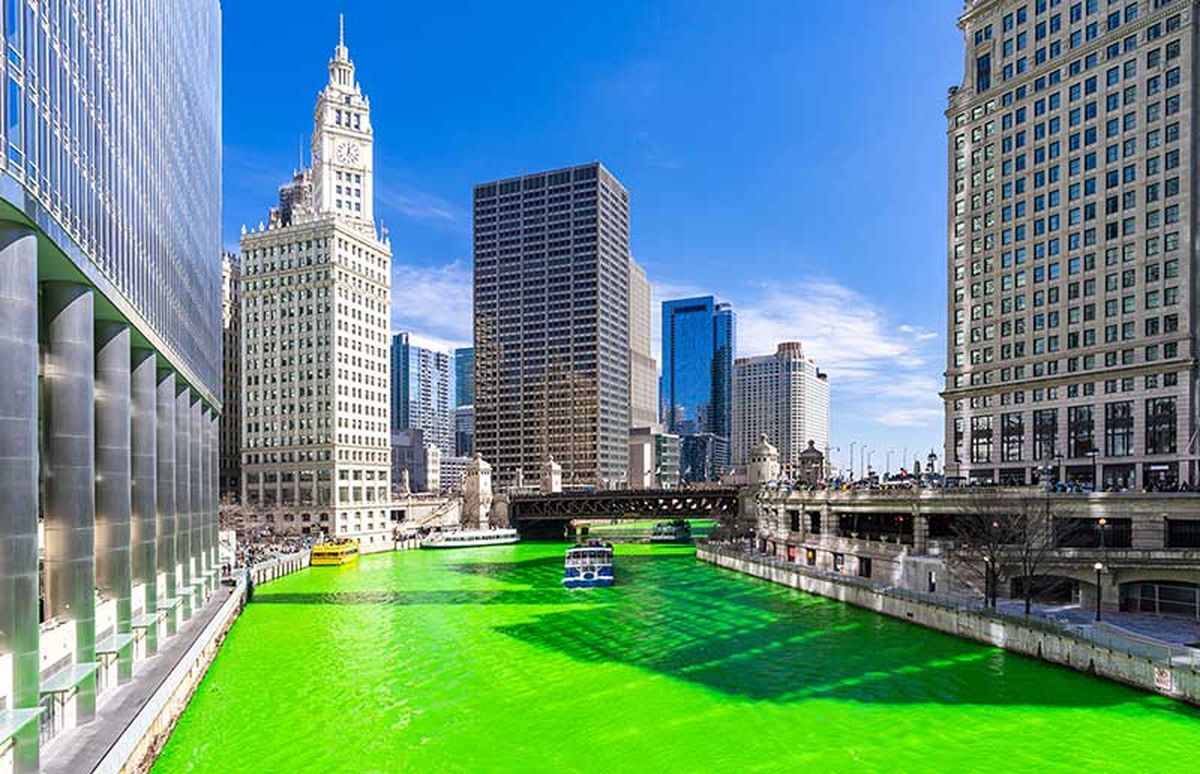Next Tuesday, put on your finest green shirt, pin a shamrock to your chest, buy a corned beef sandwich for lunch and drink a Guinness. Or two.
For Tuesday will be St. Patrick’s Day, the day to celebrate all things Irish. Here’s how some of the more common traditions began:
ST. PATRICK
His name wasn’t Patrick — it was Maewyn Succat, but he later took the name Patricius. He wasn’t from Ireland — he was born in the 14th century to Roman parents in Scotland or Wales in the 14th century. And he’s not an officially canonized saint, according to the Catholic Church. Patrick was known for spreading Christianity into Ireland. There’s also a legend about Patrick “driving the snakes out of Ireland.”
THERE WERE NO SNAKES
Fact is, however: There never were snakes in Ireland. Fossil records suggest it was too cold for snakes in Ireland, even in those days. Historians say what Patrick did — in addition to baptizing thousands of Irish people — was drive the pagan Druids out of Ireland. Somehow, those Druids got turned into a snake metaphor.
SHAMROCKS
According to Irish legend, Patrick used the three-leafed shamrock to illustrate the Holy Trinity — The Father, the Son and the Holy Ghost — to his listeners when he was first teaching them about Christianity.
The Shamrock is not to be confused with a four-leaf clover. If it’s got four leafs, then it’s not the right plant.
WEARING GREEN
Green didn’t become a symbol of Ireland until the Irish Rebellion of 1798 — British soldiers wore red, so Irish wore green so they’d stand out. Before then, the color most associated with Ireland had been blue.
PINCHING
It’s a tradition that folks who don’t wear green on St. Patrick’s Day get pinched. One reason floated for this is leprechauns, who supposedly play pranks on people who don’t show sufficient support for the Irish.
CORNED BEEF AND CABBAGE
This is more of an Irish-American tradition than an Irish tradition. Irish immigrants to the U.S. in the 19th century found corned beef was cheap and readily available in New York from butchers serving the Jewish communities, but it had been in shorter supply — and, therefore, a luxury item — in Ireland. They found cabbage was pretty cheap as well.
BEER
Most pubs in Ireland were shut down by law on the holiday. The beer industry made a huge push in the late 1970s to end that.
CELEBRATING THE DAY
The average American will spend $43 celebrating St. Patrick’s day. The National Retail Federation expects recording spending this year:
174%
More beer is sold on St. Patrick’s day than on an average day.
13 million
Pints of Guinness consumed worldwide on St. Patrick’s Day.
4.2
Average number of drinks consumed per person on St. Patrick’s Day.
ST. PATRICK’S DAY PARADES
The first St. Patrick’s Day parade was held in Boston in 1737. New York City began holding St. Patrick’s Day parades in 1762. About 150,000 people march in the New York parade every year.

One of the better-known St. Patrick’s Day celebrations in the U.S. takes place in Chicago. Each year since 1962, the Chicago River has been dyed green. It takes 50 pounds of dye to do the trick. And the river stays that way for about five hours.
